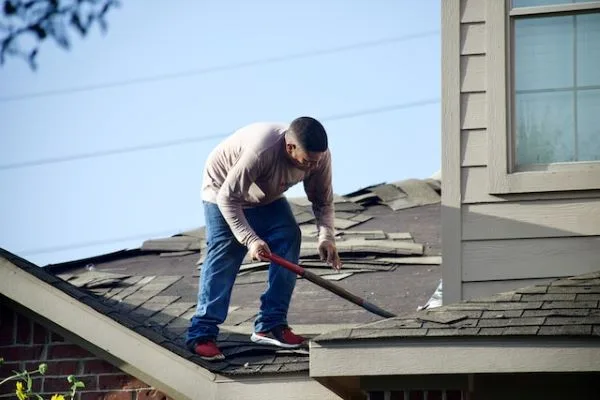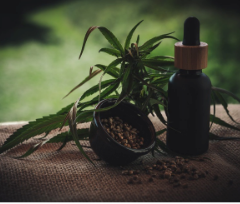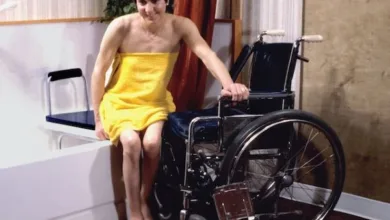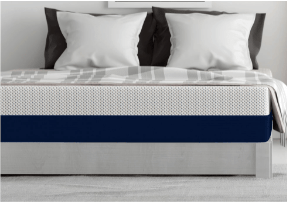6 Health Hazards: Exploring the Consequences of Neglected Roof Maintenance
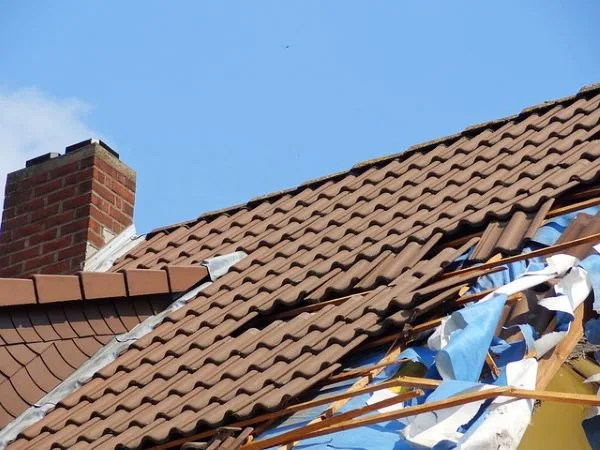
The roof, often overlooked in the hustle and bustle of daily life, plays a crucial role in maintaining the integrity of our homes. However, neglecting roof maintenance can lead to many health hazards, affecting the house’s structure and its occupants’ well-being. This article will delve into six health hazards that can arise from roof maintenance negligence and explore the following consequences.
Respiratory Issues from Dust and Debris
Neglected roofs often accumulate a significant amount of dust, dirt, and debris. Over time, these particles can break down and become airborne, posing a threat to indoor air quality. Inhaling airborne pollutants can lead to various respiratory issues, ranging from coughing and sneezing to more severe conditions like bronchitis or pneumonia.
Individuals with allergies or asthma are susceptible to the effects of poor indoor air quality. Regular roof maintenance, including cleaning gutters and removing debris, is crucial to prevent the buildup of respiratory irritants within the home. According to seasoned providers of Bethlehem roof installations, if you intend to get a new roof to enhance your home’s longevity and ensure its occupants’ well-being, it is equally essential to incorporate features that minimize the accumulation of dust and debris. After all, the impact of respiratory issues stemming from neglected roofs goes beyond occasional discomfort.
Mold and Mildew Growth
One of the most insidious consequences of neglected roof maintenance is the growth of mold and mildew. A damaged roof, be it from leaks or accumulated debris, creates an ideal environment for the proliferation of these harmful microorganisms. Mold spores released into the air often cause various respiratory issues, from mild irritation to severe allergic reactions. Individuals with respiratory conditions, such as asthma, may exacerbate their symptoms in homes with unchecked mold growth.
Moreover, prolonged mold exposure can lead to chronic health problems, including respiratory infections and lung disorders. Regular roof inspections are essential to mitigate these risks and prevent water intrusion and the growth of mold and mildew. Additionally, mold and mildew can trigger non-respiratory health issues, such as skin irritation, headaches, and fatigue, emphasizing the importance of maintaining a healthy indoor environment through proactive roof maintenance.
Structural Damage and Safety Risks
A neglected roof can compromise the structural integrity of a house, posing safety risks for its occupants. Leaks resulting from damaged roofs can lead to water damage. Over time, this water intrusion weakens the structural components of the building, creating an environment conducive to accidents such as collapsing ceilings or walls. In addition to the physical dangers, structural damage can often result in financial burdens due to the cost of extensive repairs. Regular roof inspections and maintenance help identify potential issues early on, preventing the escalation of structural damage and ensuring the safety of those residing in the home.
Electrical Hazards
Water and electricity are dangerous, and a neglected roof can create a breeding ground for electrical hazards. Roof leaks can lead to water seeping into the electrical system, potentially causing short circuits, electrical fires, or other malfunctions. Faulty wiring due to water damage poses a significant risk, and in worst-case scenarios, it can lead to life-threatening situations. To safeguard against electrical hazards stemming from roof neglect, homeowners must prioritize routine roof inspections and address any issues promptly. This preventative approach not only protects the home’s structural integrity but also minimizes the risk of electrical accidents.
Infestations and Vector-Borne Diseases
A neglected roof can attract unwanted guests through pests and rodents. Holes, cracks, or damaged roofing materials provide easy entry points for insects, rodents, and other pests seeking refuge. Pests can lead to various health hazards, as these creatures carry diseases and contribute to unsanitary living conditions. In particular, mosquitoes and ticks, commonly found in stagnant water or debris on neglected roofs, can transmit diseases such as West Nile virus and Lyme disease. Regular roof maintenance, including cleaning gutters and sealing entry points, prevents infestations and reduces the risk of vector-borne diseases.
Psychological Impact of a Damaged Living Environment
Beyond the physical health hazards, a neglected roof can profoundly impact the mental and emotional well-being of the occupants. Living in a structurally compromised and visually unappealing environment can contribute to stress, anxiety, and a general sense of unease. The constant worry about potential leaks, structural issues, or the presence of pests can create a negative living experience. Maintaining a well-kept roof addresses the immediate physical dangers and contributes to a positive and comfortable living space, promoting mental and emotional well-being.
Neglected roof maintenance poses many health hazards, ranging from respiratory issues and mold growth to structural damage and electrical hazards. Addressing these potential risks requires a proactive approach, including regular roof inspections, timely repairs, and preventative maintenance measures. Homeowners must recognize the interconnectedness of a well-maintained roof with their living environment’s overall health and safety. By ensuring the roof’s integrity; individuals can create a healthier and more secure home for themselves and their families.

